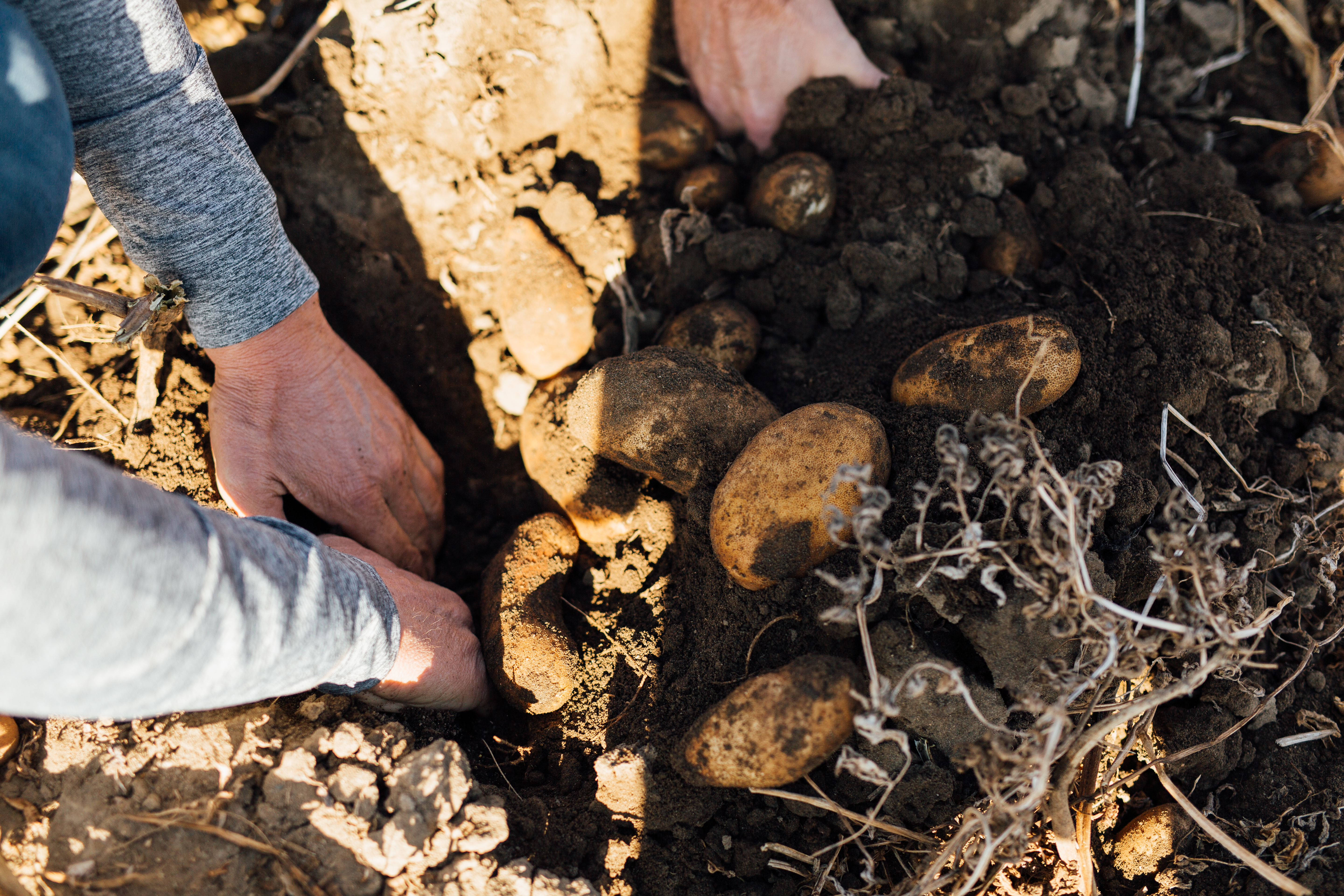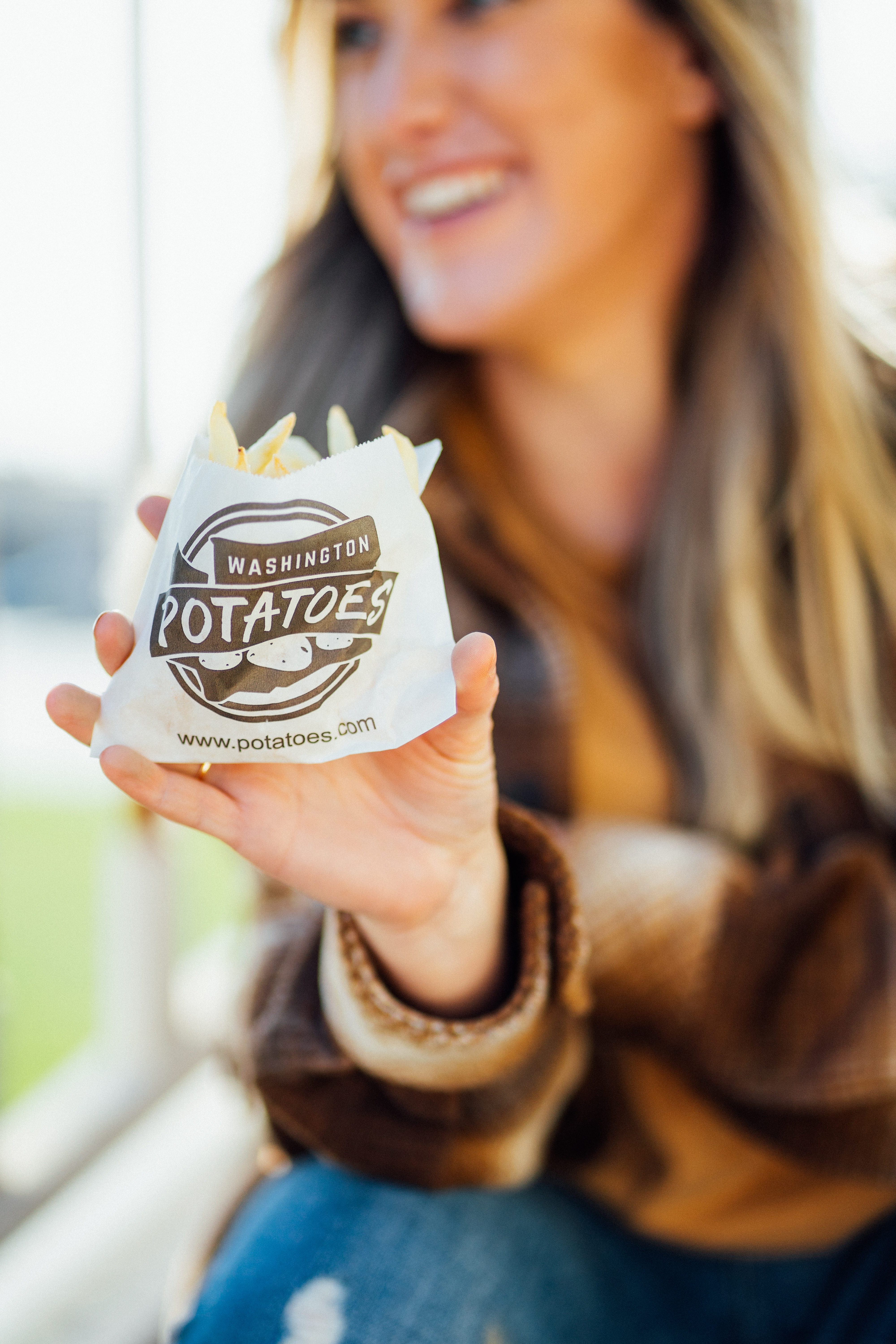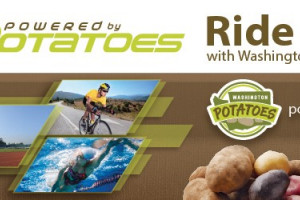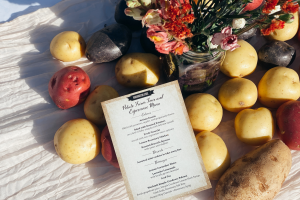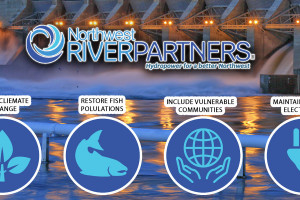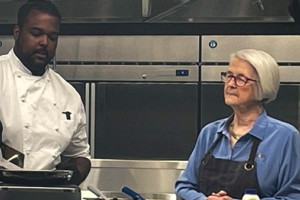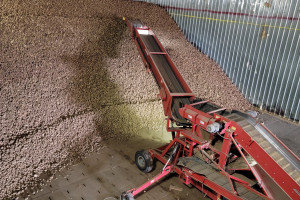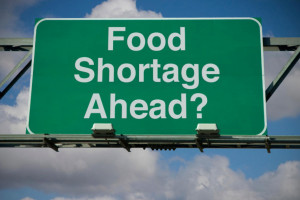Family-Owned Farms Make Washington Potatoes the Best Potatoes
Getting invited to be a part of such an incredible event hosted by the Washington State Potato Commission was an unbelievable honor for me. I have been documenting family farms, agriculture and ranch life for several years and they are by far some of my favorite moments in time to capture in photos. I love sharing people's life stories in images in a way that helps connect others to them. This time I was not invited to be the photographer but rather to listen and soak in all their knowledge to share with my own audience.
The day started on a fun little road trip to Eastern Washington with two of my girlfriends who were also invited. We made our way from Western Washington to Quincy Washington, where we were greeted by other women and men eager to learn and teach us about the Washington State potato. We ate a delicious lunch prepared by a talented chef who creatively made potatoes the main focus. Our salad included roasted potatoes, we had homemade gnocchi, cookies made with a variety of potatoes even so far as a mocktail using a potato chip as its garnish. It was perfect. I think my favorite was the purple potatoes because not only was it gorgeous on my plate, it had so much flavor to it. Fun fact, did you know one potato provides more potassium than a banana? Or that the skin of a medium potato supplies 8% of your daily fiber? I don’t know about you but I think I found two great reasons to incorporate more potatoes into my diet.
From there we made our way over to the fields where one of the growers was actively harvesting for the season. We watched the combine and trucks work deep into the soil picking potatoes and unloading them into the trucks. I got a chance to get my hands dirty and dig into the soil with the farmers to see exactly all that went into harvesting, I learned an insane amount about something I love to eat but really didn’t know that much about prior to this experience.
Washington State Potato farms produce more than our neighboring state that is better known for its production. Crazy, right? Washington potato farms have the most productive potato fields producing more than 30 billion servings worldwide! If that isn’t impressive enough, here is my favorite part: Washington state potato farms are 99% FAMILY OWNED and have been making it their priority to keep sustainability, water usage, wildlife preservation, and soil conservation at the forefront of their operations to ensure they can keep growing and delivering nutritious crops to people like you and me.
Family owned is personal to me. I feel a deeper connection knowing where my food is coming from and specifically putting a face to the business I choose to support and buy from. My family is most important to me and knowing where their food comes from has become a bigger priority now more than ever before. Neighboring hands have touched the soil our food grows in and will one day reach my family’s table just as that same harvest will reach the farmers’ families and friends’ tables as well.
Being family owned means taking deep pride in the sustainability of their land and farming practices so future generations of their family can continue the tradition with the same love and passion that their ancestors have shown for these lands for over a century. So next time you’re at your grocery store check to see where your groceries are coming from and when you can always try and buy local! When you buy local you are supporting a dream, a tradition and a family who is passionate about growing the best products for their community as well as giving back through the ecologically friendly stewardship of the land that they operate on.

